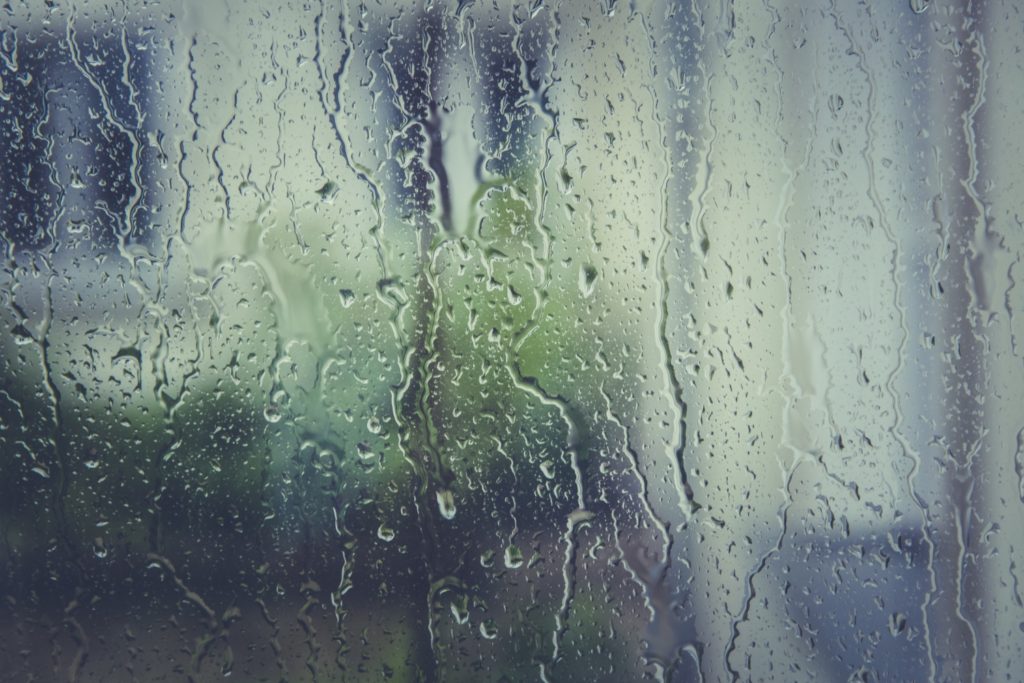
The Dangers Above: How to Fight Common Commercial Roof Damage
The Dangers Above: How to Fight Common Commercial Roof Damage https://pbroofingco.com/wp-content/uploads/2022/10/rain-leaking-roof.jpeg 1500 1000 PB Roofing https://secure.gravatar.com/avatar/ee28a6949ea6af745b0ddec55b8b9ce1?s=96&d=mm&r=gA commercial roof endures constant exposure to the elements. Due to its sensitive nature as a building component, your roof requires periodic inspection and maintenance. PB Roofing’s technicians are experienced in identifying and fixing each season’s unique threats. There are a few common hazards that can occur on a flat roof, that if not properly addressed, can develop into a serious and expensive concern.
Roof Mounted Utilities
The commercial roof is a vital component of a building’s working utility system. Installations such as: HVAC units, skylights, solar panels, electrical wiring, and communication systems each require their own installation, replacement, and maintenance.
Every time someone sets foot on a commercial roof, inevitable damage occurs. Tools and machinery can be dropped, potentially puncturing the roof membrane. Nails, screws, and other hardware are often left behind during an installation or maintenance project. These build up over time and spread across the roof’s surface, each acting as a potential puncture hazard waiting to happen. Our expert roofing technicians visually and painstakingly survey each roof and remove anything that does not belong.
Natural Debris and Drainage
Because of their low-slope, flat roofs sometimes do not offer the appropriate drainage for rainfall run-off. Most flat roofs are built with a minor slope to allow for drainage, but the lack of a significant natural slope can produce challenges.
Leaves, branches, and other debris carried by the wind and blown about the roof surface, easily clogging the drainage systems. This creates areas of standing water, where weight can suddenly weaken the roof’s surface. A common hazard such as this is also easily preventable with regular roof drainage inspections and maintenance, if necessary.
Standing Water, Soft Spots, and Leaks
Standing, or ponding water, collects in low sections of the flat roof’s surface. Dirt, debris, and other matter quickly settle within these puddles and over time and eat away at the roofing membrane. As time passes, standing water can cause more severe damage. Two common types of damage caused by standing water are soft spots and leaking.
Rainfall collects in standing ponds on the roof. The weight of this water will eventually cause the roof to sag. Soft spots occur when the roofing structure below the surface becomes compromised by water and weakens.
Leaks are what occur to the interior of a building when the roof is in a state of disrepair. Leaks cause damage to your property investment and equipment. It is recommended that professionals are immediately contacted to safely assess the severity of damage.
Exposure to the Elements
Exposure is arguably the basis of all flat roof problems. Since a building’s roof is constantly exposed to the sun and other elements, damage is unavoidable. No roof, regardless of durability, is built to last forever.
Other than over-exposure to the sun, other common weather events are lightning strikes, freezing temperatures, hail, and wind damage. There are even lesser-known exposure issues such as oil damage and exposure from outside contaminants and chemicals.
Thermal Shock: Expansion & Contraction
Expansion and contraction of roofing materials defines the phenomena known as Thermal Shock. It occurs when temperatures quickly fluctuate and stress the roof system’s material components, damaging older materials with a reduced elasticity. Various sections of the roofing system expand and contract differently, pushing and pulling against each other. Horizontal-to-vertical transition areas such as: curb flashings, parapet walls, exhaust systems, pitch pans, and pipe entrances are most susceptible to Thermal Shock. Areas that require sealants and drainage components should be monitored closely as well as transition areas.
Preparing for Winter
Take a few minutes to read our September Blog: “Think it’s too early to worry about snow? Think Again” to learn more about preventative steps in preparing a commercial roof for snowfall and snow removal. Contact us today and schedule a THREATCheck assessment. After we’ve confirmed your roof is ready to withstand a harsh winter, we can respond to winter storms as they occur with our skilled snow removal crews and protect the value of your roofing investment for years to come.
PB Roofing’s THREATCheck
Now that you understand the many potential hazards to a commercial roof, you can be ensured that protecting your structure is worth the investment. Our THREATCheck is for new customers: one enhanced visual inspection to identify deficiencies and provide recommendations for repairs or replacement. Our Plus Package features the same with a bi-annual inspection plan. Photo report included.
